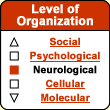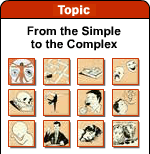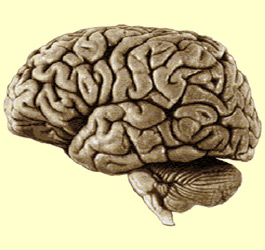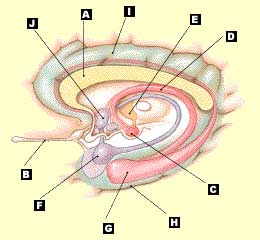|

The
Brain and Body Are Really One, Especially When It Comes to Emotions
| | The
autonomic nervous system is controlled mainly by the hypothalamus and is in
turn divided into two sets of nerves: the sympathetic and parasympathetic nervous
systems. Each of these two systems has a distinct anatomical location and communicates
with its target organs through other neurons located in ganglia.
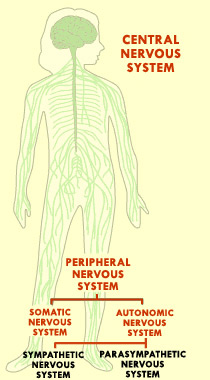 |  |
SYMPATHETIC NERVOUS SYSTEM The
sympathetic nervous system goes into action to prepare the organism for physical
or mental activity. When the organism faces a major stressor, it is the sympathetic
nervous system that orchestrates the fight-or-flight
response. It dilates the bronchi and the pupils, accelerates heart rate and
respiration, and increases perspiration and arterial blood pressure, but reduces
digestive activity. Two neurotransmitters are primarily associated with this system:
epinephrine and norepinephrine. |
|  |
PARASYMPATHETIC NERVOUS SYSTEM The
activation of the parasympathetic nervous system causes a general slowdown in
the body’s functions in order to conserve energy. Whatever was dilated,
accelerated, or increased by the sympathetic nervous system is contracted, decelerated,
or decreased by the parasympathetic nervous system. The only things that the parasympathetic
nervous system augments are digestive functions and sexual appetite. One neurotransmitter
is primarily associated with this system: acetylcholine. |
| | |



